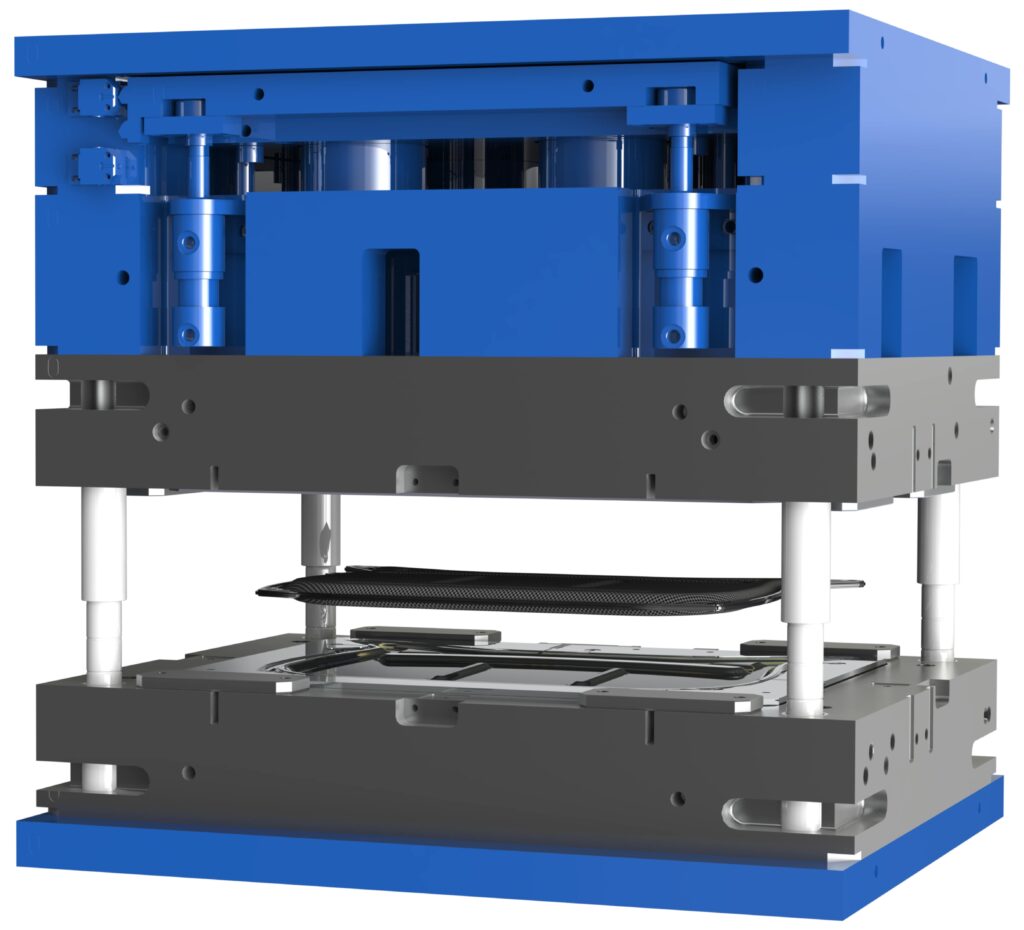Real-Time Materials Characterization Data: Why In-Mold Pressure & Temperature Monitoring aren’t Enough Anymore
Since thermoplastic materials are already prepolymerized and do not cross-link during the molding process, many processors like injection or compression molders can produce good parts with just in-mold pressure and temperature sensors. However, with next-generation sensors that provide accurate materials characterization data in real time—what sensXPERT’s in-mold dielectric monitoring system provides—most thermoplastic molders could produce better parts faster and at lower cost. Additionally, they could move post-mold quality assurance (QA) checks inside their tools. Even before the platens open, technicians would know if good parts were produced during this molding cycle and could adjust process conditions for the next cycle, if necessary. Access to such data not only reduces the number of off-spec parts produced per shift and frees up floorspace, time, and money allocated to performing quality checks, but it also helps manufacturers who cannot find enough skilled workers for their facilities.

The situation for thermoset molders is more complicated. This is due to the fact that the processes occurring inside the tool are so much more complex, and are affected by many additional variables outside the tool (e.g., humidity, the skill of the technician monitoring the process, etc.). Many thermoset molders face challenges consistently controlling their processes with just in-mold temperature and pressure data. Therefore, they can really benefit from access to real-time materials characterization data that helps them understand what is occurring inside their mold at any given point in time and gives them the tools to keep their process consistent and balanced.
A good example is when manufacturers struggle with undercured parts that do not meet datasheet specifications, or with overcured parts that are brittle, or for times when the process shifts frequently between the two states. Another example is when it proves difficult to hit proper glass transition temperature (Tg) values, leading to parts that fail dynamic mechanical analysis (DMA) or differential scanning calorimeter (DSC) checks. Next-generation in-mold materials characterization data also can help flag aging material or material that contains contaminants.
In each case, having access to more accurate reaction kinetics models, gel point, Tg, degree of cure, and even flow-front detection data can help make thermoset processing less of an art and more of a science. This, in turn, reduces scrap, costs, and time, helping processors be more profitable and less dependent on upfront simulation results and kinetic models. By providing processors with real-time materials characterization in the mold, sensXPERT puts more control in the molder’s hands.
In subsequent posts, I will explain in greater detail how our integrated mold-sensing system works and how access to real-time materials characterization data can help molders make better parts faster and at lower cost
Advantages of sensXPERT real-time in-mold sensing system
Helps thermoplastic molders improve quality, shorten cycle times, be alerted to contamination risks.
Gives thermoset molders more accurate view of reaction kinetics and how factors outside the press impact ability to make good parts repeatably.
Enables molders to bring QA checks inside the mold while reducing time, space, and cost now allocated to downstream QA checks and helps address skilled labor shortages in many regions.